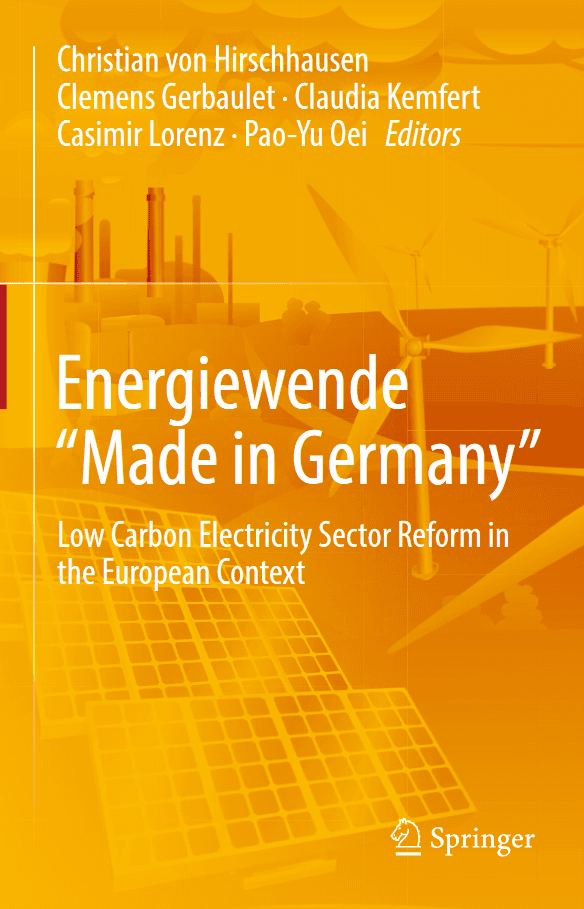The Electricity Mix in the European Low-carbon Transformation: Coal, Nuclear, and Renewables

The European Union has embarked on the transformation of its energy and electricity system to low-carbon energy sources, just like Germany and many other countries. This chapter analyzes the European strategy for low-carbon transformation in relation to specific aspects and features of the German energiewende. Due to the different preferences, objectives, and institutional settings of decision-making processes in Germany and Europe, lessons from the German context are not directly applicable to the European context and vice versa. While some lessons apply to both—such as the German experience with ambitious CO2 reduction targets—others do not, such as the potential role of coal and nuclear energy in the longer-term energy mix. The chapter begins with a brief survey of European energy (and later climate) policies going back to 1951, with the decisions to establish the European Community for Steel and Coal (ECSC) and subsequently Euratom in 1957. Section 10.2 covers the creation of the European internal market in the 1990s and its application to the energy sectors (mainly electricity and natural gas); it also covers more recent discussions, such as the energy and climate package to 2020, the 2030 targets, and the parallel discussion about longer-term orientations up to 2050. Sections 10.3 to 10.5 analyze the three pillars of European transformation towards a low-carbon energy system: coal with CO2 sequestration, nuclear power, and renewables. In this context, we discuss a major difference between the European transformation to a low-carbon economy and the German energiewende: The two energy sources that Germany has banned from its energy mix, coal and nuclear, are still high on the European agenda. Meanwhile, the potential of renewables has been systematically underestimated in European scenario documents, due mainly to an overestimation of costs and an underestimation of the technical potential. Section 10.6 then compares two alternative scenarios for a low-carbon transformation in Europe: one is the EU Reference Scenario, which is based on the traditional triad of coal (with CCTS), nuclear, and renewables. In the other scenario, based on our own modelling work, neither CCTS nor nuclear are available at a reasonable cost and renewables carry the major burden of decarbonisation. Section 10.7 concludes.